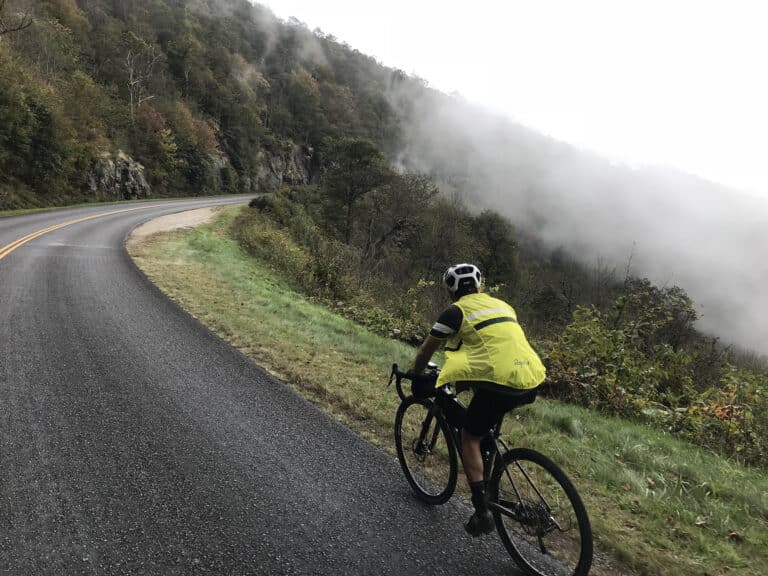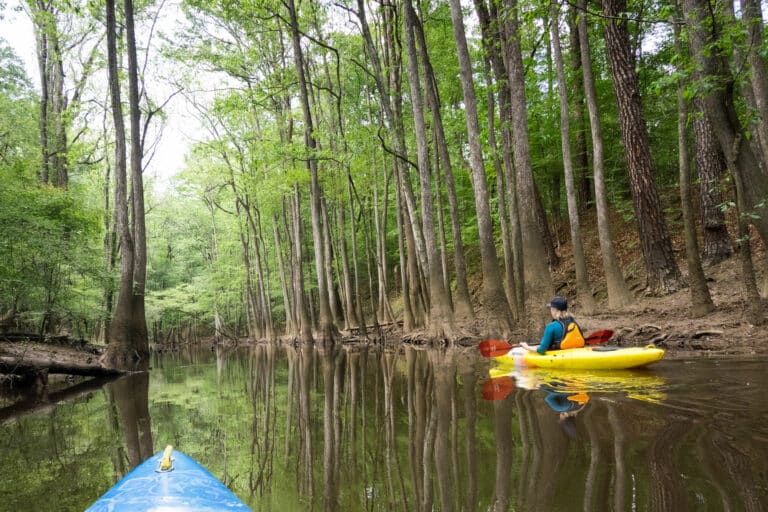In North Carolina, it’s the year of the snake
| Snakebites on the upswing in North Carolina |
| How to avoid serpents and to treat a wound |
They’ve slithered across the trail in front of you, taken up residence in your woodpile and slithered out from under the shrubs as you worked in your yard. Snakes are a part of life in the southeast, but North Carolina State Parks knows that not everyone feels comfortable coexisting with the reptile, especially because venomous snakes do live in our region (rattlesnakes, copperheads, coral snakes and cottonmouths live throughout the southeast.)
To celebrate the important role that snakes play in our ecosystem, and to clear up some misconceptions about snakes, North Carolina State Parks has named 2019 the Year of the Snake. Throughout the year, the parks system will host programs, events and festival to celebrate the snake.
The role of snakes in our ecosystem
Like all animals in the web of life, snakes play an important role in our ecosystem by maintaining a balance to the food web. Because snakes are both predator and pray, they keep the pest population down by feeding on mice and other small rodents that damage crops and carry disease. Snakes also provide food for larger mammals, birds and even other snakes.
What to do if a venomous snake bites you
Each year, about 7,000- 8,000 snakebites occur in the United States but only about five or six of them or deadly. If a venomous snake bites you, here’s what to do:
- Call 911. Try to identify the snake if possible. Stay calm; a pounding heart will increase the rate at which venom flows through the body.
- Don’t move, lie down and keep the bitten limb level with the rest of the body.
- Do no try to cut or suck venom from the wound, pack it with ice, or isolate it with a tourniquet. Wait for first responders to arrive.
- Bites from non-venomous snakes should be cleaned with water and soap.








